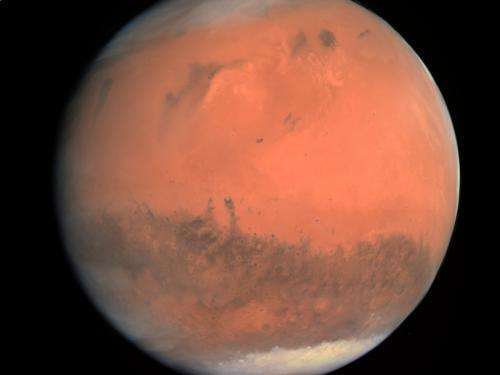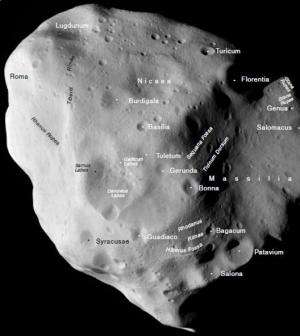Development and construction of the OSIRIS onboard camera system

The ten-year journey of the Rosetta space probe, which will end this year in August when it arrives at the Churyumov-Gerasimenko comet, was packed with interesting points of interest. In order to increase its speed, Rosetta flew past Earth three times and Mars once; the asteroids Steins and Lutetia also crossed the probe's path. And each time the OSIRIS camera system provided impressive images. The development and construction of the eye was headed by a team of scientists from the Max Planck Institute for Solar System Research.
Whereas Earth and Mars primarily offered the experts the opportunity to test and calibrate their instrument on a comparably close object, the asteroids were of major scientific interest. Since the Rosetta fly-by in July 2010, the Lutetia asteroid numbers among the best-investigated small bodies - and has proven to be a true primeval rock. Owing to its surface structure, the Max Planck researchers estimate it to be at least 3.6 billion years old.
OSIRIS' distinctive aspect: The camera system consists of a telephoto and a wide-angle camera. The instrument can thus view the comet with a dual approach when it arrives at its destination: while the telephoto camera can resolve structures measuring a mere two centimetres on the surface of Churyumov-Gerasimenko from a distance of one kilometre, the wide-angle camera keeps the whole celestial object in view.
The cameras are additionally equipped with a total of 25 colour filters. This allows them to investigate the light which Churyumov-Gerasimenko reflects into space in specific wavelength ranges and tease out information on the mineral composition of the surface or the gas streaming from the comet.

However, as recent years have shown, OSIRIS is not only suitable for research objects in the immediate vicinity. In 2005, for example, when NASA's Deep Impact probe caused an object with a volume of one cubic metre to impact on the comet Tempel 1, OSIRIS observed the cloud of dust created by this impact from a distance of around 80 million kilometres. And the instrument succeeded in taking a first picture of the targeted comet as early as summer 2011 - something which required 13 hours exposure time and sophisticated image processing, since the probe and comet were around 163 million kilometres apart at the time.

Since then, the camera has been taking a rest - as have the other parts of the probe - in energy-saving hibernation. Rosetta's eyes will first open again in the coming months - and direct their view towards another uncharted world.
Provided by Max Planck Society




















